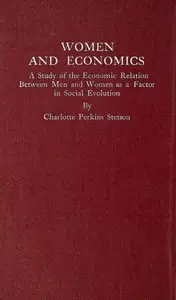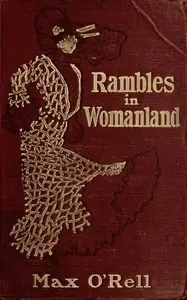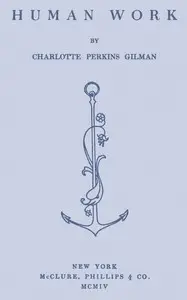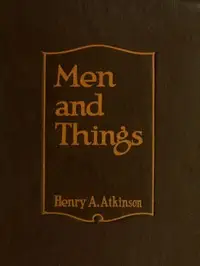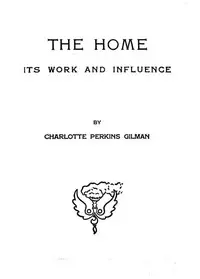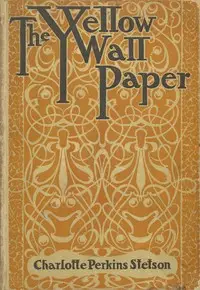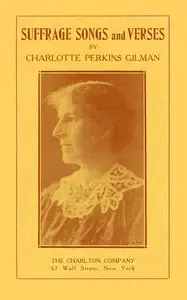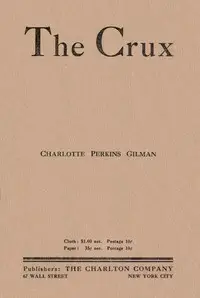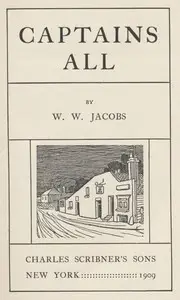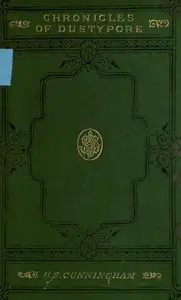"The Man-Made World; Or, Our Androcentric Culture" by Charlotte Perkins Gilman is a critical look at how society is built around men's ideas and values, written during the 1800s. The story says that this male-focused way of seeing the world has affected everything we know and do, causing women's work and importance to be overlooked. It starts by comparing people to sheep to explain how men and women naturally act. The story explains the differences between what is seen as masculine and feminine, saying that society has wrongly made masculinity the standard for everyone. The story suggests this has changed how we see human characteristics, stressing the importance of acknowledging and valuing what both genders bring to the table. This point of view also impacts family structures, roles, and how society works, setting the stage for a deeper examination of these problems.
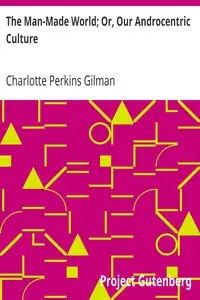
The Man-Made World; Or, Our Androcentric Culture
By Charlotte Perkins Gilman
In a world shaped by men, a groundbreaking argument ignites, calling for a recognition of women's true value and a reshaping of societal norms.
Summary
About the AuthorCharlotte Perkins Gilman, also known by her first married name Charlotte Perkins Stetson, was an American humanist, novelist, writer, lecturer, early sociologist, advocate for social reform, and eugenicist. She was a utopian feminist and served as a role model for future generations of feminists because of her unorthodox concepts and lifestyle. Her works were primarily focused on gender, specifically gendered labor division in society, and the problem of male domination. She has been inducted into the National Women's Hall of Fame. Her best remembered work today is her semi-autobiographical short story "The Yellow Wallpaper", which she wrote after a severe bout of postpartum psychosis.
Charlotte Perkins Gilman, also known by her first married name Charlotte Perkins Stetson, was an American humanist, novelist, writer, lecturer, early sociologist, advocate for social reform, and eugenicist. She was a utopian feminist and served as a role model for future generations of feminists because of her unorthodox concepts and lifestyle. Her works were primarily focused on gender, specifically gendered labor division in society, and the problem of male domination. She has been inducted into the National Women's Hall of Fame. Her best remembered work today is her semi-autobiographical short story "The Yellow Wallpaper", which she wrote after a severe bout of postpartum psychosis.

